Producing Accessible
Audio & Video
Accessible Audio
Comprehension Barriers
Developing an Understanding
Imagine a film that opens with a lakeside view of a colourful sunrise and the sound of birds and wildlife in the background. In the next shot, the camera follows a person and in addition to the birds and wildlife, we hear leaves rustling and branches breaking as they walk through the forest. The person keeps walking and suddenly the sounds are silenced, making way for a soundtrack of ominous music that begins quietly and gets louder and more intense. The next shot is a close-up of a bear with its teeth bared, the soundtrack includes growling, a scream, and then silence.



Sound and music guide the audience, trigger memory, evoke emotion, and enhance the story of the film. If you are watching this film without sound, you wouldn’t know that the mood changes as the soundtrack moves from nature sounds to dramatic music that rises to a crescendo, followed by a growl, then a scream and silence. Part of the story is missing without access to the sound.
Now imagine the same film without the images. You would hear the birds and wildlife, leaves rustling and branches breaking, a dramatic sonic musical landscape that increases in volume and urgency, followed by growling, a scream and silence. But without the images, the story is only partly told.
Listen to the soundtrack.
Deepening your Understanding
If a person is d/Deaf and can’t hear the audio, you need to provide audio information in another ways. Many people who are d/Deaf can read text, so they get the audio information from written transcripts or captions. Some d/Deaf people communicate with sign language and use sign language video to consume video media. For other people who are hard of hearing, transcripts, and captions can reinforce and fill in parts of the audio that they can’t hear. There are many other reasons why people may require or prefer transcripts or captions for audio and video.
- For people who need more time to process auditory information, written transcripts mean they can read at their own pace.
- Some people who are blind or have low vision cannot see video well, so audio description of visual information helps to understand a video.
- If someone is Deaf blind, they may use a screen reader and braille to read descriptive transcripts, which include audio and visual information.
- Some people have difficulty focusing on changing visuals and require descriptive transcripts to accompany video.
- Others use multiple access features simultaneously, for instance; captions and audio description on video accompanied by a written transcript of visual information.
-Adapted from Web Accessibility Initiative, 2021 opens in new window
Accessibility features are also used by people without disabilities in a variety of situations.
Written transcripts can be:
- Skimmed quickly or read rather than watched or listened to. This can be much easier and quicker for many users. Sometimes people want to skim the transcript first before deciding whether or not to play the media. This is also useful for research and bibliography purposes.
- Used without needing to download video or audio files, to save data on mobile devices.
- Used offline, printed in a large font, or converted to braille.
-Adapted from Web Accessibility Initiative, 2021 opens in new window



